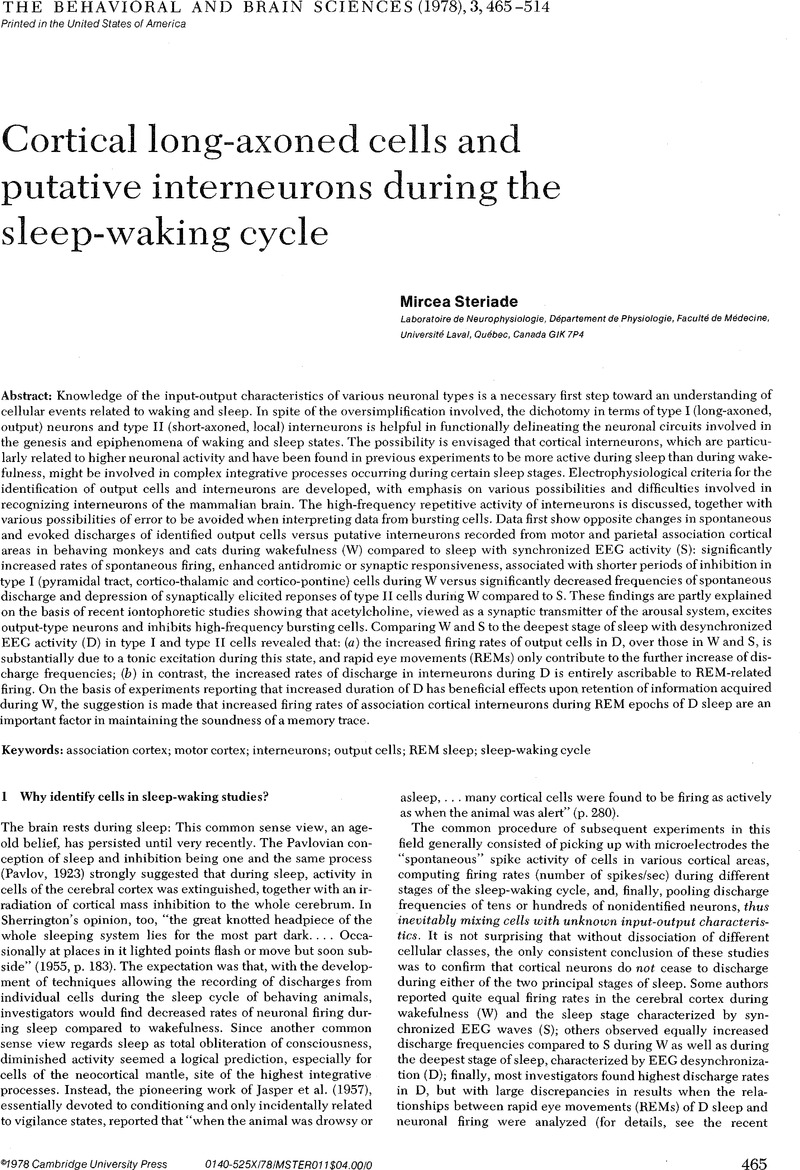Pompeiano, O. The neurophysiological mechanisms of the postural and motor events during desynchronized sleep. In:
Kety, S. S.,
Evarts, E. V., and
Williams, H., (eds.) “Sleep and Altered States of Consciousness.”
Association for Research in Nervous and Mental Disease, 5, 45,
351–
423, (
1967).
Baltimore, Maryland.
Google Scholar 